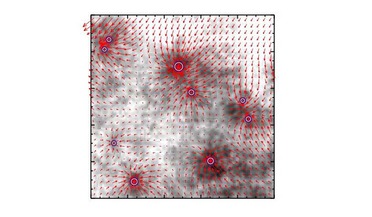 08 June 2016
Long standing initial mass function problem solved
08 June 2016
Long standing initial mass function problem solved
... follows is formed independently of the initial mass distribution of proto-stars if the density distribution in the interstellar cloud is fractal. This fractal distribution directly follows from the classical theory of turbulence developed by the...
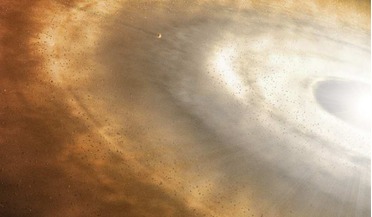 27 June 2016
Protoplanetary disc shares similarities with our own Solar System say researchers
27 June 2016
Protoplanetary disc shares similarities with our own Solar System say researchers
... team state that their findings are comparable to the water ice abundance found in comets and in dense interstellar clouds in the outer regions of our own solar system. Furthermore, it is not only the ice content that...
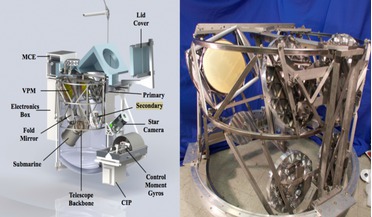 26 July 2016
Will PIPER be successful in confirming Inflation Theory?
26 July 2016
Will PIPER be successful in confirming Inflation Theory?
... other signals and past experiments have been limited in the angular scale in which they can observe. Interstellar dust is also a problem. Instruments need to be able to measure the dominant dust foreground signal with sensitivity better...
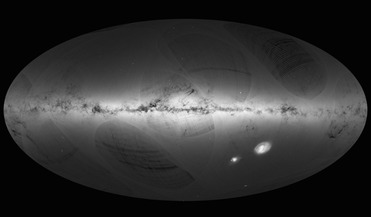 14 September 2016
Gaia's first map hints at big things to come
14 September 2016
Gaia's first map hints at big things to come
..., while darker regions correspond to patches of the sky where fewer stars are observed and dense clouds of interstellar gas and dust absorb starlight along the line of sight. The Large and Small Magellanic Clouds...
 11 October 2016
GRB afterglow observed by ALMA for the first time
11 October 2016
GRB afterglow observed by ALMA for the first time
... afterglow on the other hand is thought to originate from external shocks caused by the jet’s interaction with the interstellar medium (ISM). To properly determine the physical properties of GRB emission, a wide range of accurate multi-wavelength...
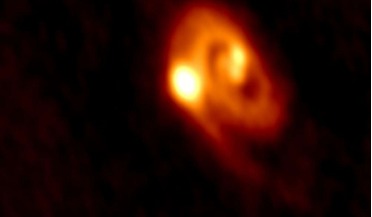 27 October 2016
Rare newly forming triple star system observed by astronomers
27 October 2016
Rare newly forming triple star system observed by astronomers
... of the gaseous disk in which they form is considered a main driving force. Stars initially form from a cloud of interstellar gas that is collapsing under its own gravity and, in a process that can be compared to a figure skater doing...